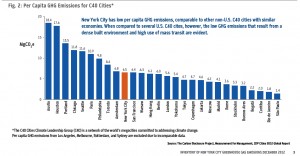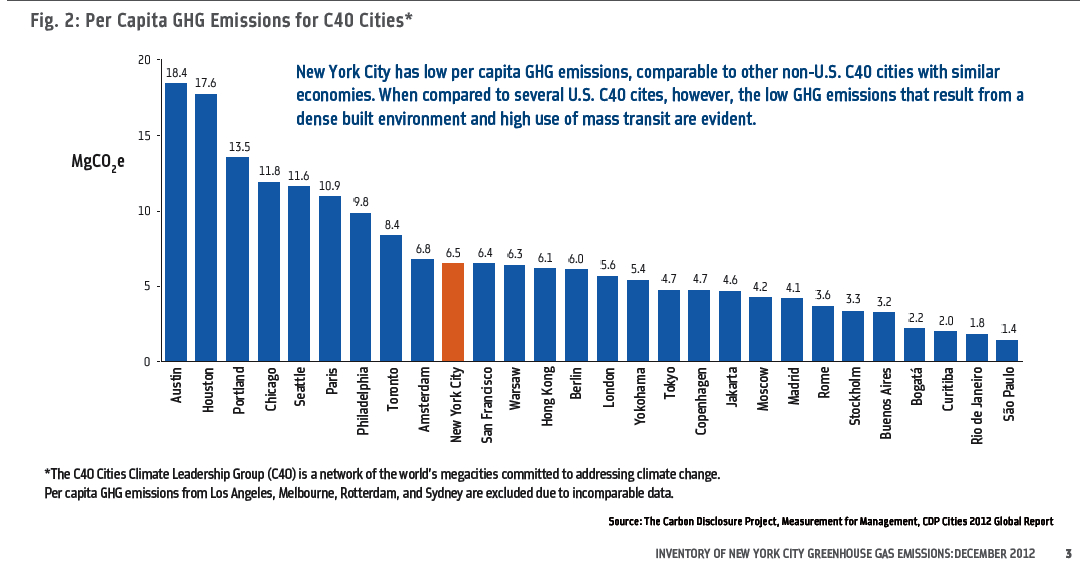Chapter 3 of “Governing Climate Change” starts out with the statement “…climate change is an issue of concern not only on international and national agenda, but also for an array of transnational networks.”[1] So many transnational networks are being created with the purpose of addressing climate change. One of these many transnational networks is the Clinton Climate Initiative (CCI). Former President Bill Clinton launched this initiative in 2006 with the expectation of fighting climate change in realistic and effective ways. CCI works with major large cities on a global scale to find potential solutions that will reduce carbon emissions and increase energy efficiency.[2]

The four basic programs that the CCI is currently involved in are the Climate Leadership Group (C40), Forestry Program, Islands Energy Program, and the Energy Efficiency Program. C40 was first taken up by the CCI in 2007. “Activities which this network is undertaking include collaboration with Microsoft to produce software for greenhouse gas emissions accounting at the city scale, and the Energy Efficiency Building Retrofit Program, which “brings together cities, building owners, banks, and energy-service companies to make changes to existing buildings to reduce greenhouse gas emissions.”[3] It has the goal of committing sustainable activities that are intended to reduce climate change on a global scale. Every area of the world is equally represented in C40’s goals by being based in almost all of the continents.

The Forestry Program works with governments and communities in developing countries to decrease greenhouse gas emissions by creating sustainable resolutions for managing forests and lands. The goal of this program is to provide developing countries with the information and resources to improve land use. They do this by reducing carbon emissions by planting trees, improving farming practices, and building carbon measurement systems.[4] The Islands Energy Program is partnered with governments of twenty-five island nations. Its purpose is to develop renewable energy projects, and design and implement waste/water solutions that will cut fossil fuel usage.

The Energy Efficiency Program works to discover the obstacles to achieving a huge reduction in the amount of energy used by buildings. “In fact in the United States commercial and residential buildings accounted for over 40 percent of primary energy consumption.”[5] That is a huge amount of energy consumption. The program works with public and private organizations, not limited to corporations, governments, and fellow non-profits.
According to Bulkeley and Newell, the boundaries between private and public actors in transnational climate governance are increasingly indistinct. Transnational networks such as the CCI actually helped increase the outline of municipal responses to climate change internationally.[6] In order to prevent climate change, the Clinton Climate Initiative operates in cooperation with companies, political groups and nonprofit organizations that aim to protect the environment. The first step begins with local communities, proceeds to spread to countries and then makes its way to have an effect on a global scale. You have to start small then go big.
[1] Bulkeley, Harriet, and Peter Newell. Governing Climate Change. London: Routledge, 2010. 54, Print
[2] LearnStuff. Clinton Climate Initiative – LearnStuff. Web accessed September 2014.
[3] Ibid, 60.
[4] Clinton Foundation. Clinton Climate Initiative. Web accessed September 2014.
[5] Clinton Foundation. Clinton Climate Initiative. Web accessed September 2014.
[6] Ibid, 60.

